Phoenix is all open desert, dry, triple-digit heat, and beautiful sunsets -- or at least, that's what Instagram would lead you to believe.
The origin story of the city's moniker, a mythical bird that burns to ashes, only to rise again, is all too familiar to Beatrice Velazquez, a youth center program coordinator at One n Ten, a nonprofit in Phoenix that serves LGBT youth. Seeking that kind of cleansing resurrection is what drove Velazquez to create Veme: Queering Phoenix, a photography project that seeks to lift up positive representations of young LGBT people of color in Phoenix.
"Veme" in Spanish is a command -- an order to be seen and to be present. Velazquez says they picked "Veme," which translates directly as "See me," because it "represents the concept that I was trying to make sure was portrayed in the work, which is the necessity to create visibility for queer youth of color -- and not be apologetic about it."
It was at One n Ten where Velazquez, who identifies as nonbinary and uses the gender-neutral pronouns "they" and "them," first met Saul, a young gay man from Mexico City. Coming from a religious family, Saul was struggling to come out, fearing there would be negative consequences to his decision. Despite his fears, Saul's parents embraced him, welcoming him with open arms after he shared his truth.

But Velazquez knew not everyone was so lucky. They knew that young people of color like Saul -- Mexican and gay -- existed, but saw no media representation of this reality. Velazquez wanted to do something to change that, so they picked up their camera and recruited people they had met at the drop-in center where they worked, along with others encountered walking the halls of One n Ten.
As they embarked on this journey to increase queer visibility, Velazquez was keenly aware of Arizona's reputation for being hostile to immigrants and to people of color -- especially Latinos. But they also knew that narrative couldn't continue to dominate the perception of Phoenix's identity.
"Arizona oftentimes has a lot of narratives around struggle, especially with Mexican immigrants and the relationship between Arizona and Mexico," says Velazquez. With Veme, the goal was "to bring that narrative to the forefront, and to demonstrate the way in which people of color are definitely present, and definitely influencing the Phoenix landscape."
The concept for Veme had been percolating in Velazquez's mind for some time, but it really came to fruition when they were assigned a capstone project at Arizona State University, where they are pursuing a master's degree in social justice and human rights advocacy.
"The work I've done academically has involved what narratives are more paid-attention-to," Velazquez explains. "The idea of taking the concept of Veme, the collection of these portraits, implementing it, and being able to do it [as a capstone] seemed to have a natural flow to it."
Velazquez is only 25, and most of the participants in the project are between the ages of 18 and 25. As a queer person of color, Velazquez says they can relate to the challenges the youth in the project have faced: "A lot of the youth that identify as Mexican or Mexican-American -- there's a lot of similarities that tie our narratives together."
The project features a wide cast of queer people of color, diverse in sexual orientation, gender identity, and ethnic identity. Included are stories from members of various Native American tribes in Phoenix, as well as African refugees who immigrated to Phoenix, Mexican immigrants, and African-Americans. Velazquez sought to capture each participant in a place where they felt safe, somewhere within the nation's sixth-largest city.
For several participants, that safe space was Indian Steele Park, a large park in the middle of the city. Velazquez didn't expect the locale to be such a popular destination for the portraits, but in hindsight, it made perfect sense; Phoenix Pride takes place at the park, the Metro light rail is within walking distance, and it's right in the middle of the city. The park is also large, free to access, and, as one participant explained, "When you go to that park, you can see what Phoenix is. You can see families, you see Latinos, you see Natives, you see black people, you see gay people, you see everyone in that space."

As the project's name commands, the participants in Veme demand to be seen as they are -- not as they have been told they should be. That directive that hit home for Grecia Magdaleno (pictured above), a 21-year-old Mexican-American. "I still wake up some days and think that I am going to hell, or I cry in the mornings on the way to school because I wonder what I am doing," she says. "There are times I question myself and am like, 'Are you really queer? Do you really like women?' My entire life I taught myself that I didn't."

That lack of certainty also rings true for 23-year-old Blair Notah, who is of Navajo and Apache descent. Notah wasn't sure of herself, or her gender identity, until someone introduced her to the Native American concept of two-spirit -- roughly equivalent to a nonbinary identity. "When I look at myself, it's not just drag, it's much more," she says candidly. "So after a lot of struggle, I embraced I am two-spirited. There is a girl spirit inside of me, this female energy that has plagued my entire life."

For 21-year-old Rachel, who also goes by Richie, being diagnosed with HIV was a devastating moment. "I didn't know how to deal with it or how to feel," they said. "I started thinking nobody would ever want to be with me. I feel like shit, and now I had this disease that everyone calls 'gay cancer.'"

Jennifer, 25, is a Congolese refugee living in Phoenix, who moved to the States when she was 9 years old to escape the war. She came out at 15 over Facebook, and her mother had a difficult time accepting her. "I'm here trying to figure out American culture but then being gay and African, plus being gay and black, is just a lot. I've always known it's hard to be black, that doors are gonna close in front of me, but then on top of that being lesbian, it's a struggle every day."
Each of the participants in Veme has a shared desire: to be seen. These young people want to be seen not only as their authentic selves, with their gender identity and sexual orientation respected and recognized, but they want to be seen as a crucial part of the city they call home. Veme demands that viewers not only "See me," but in so doing, see the real Phoenix.

































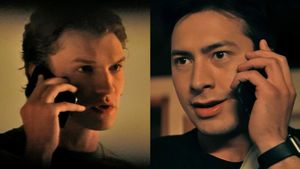

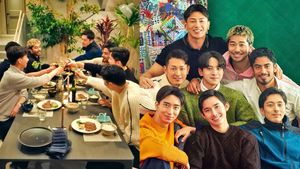

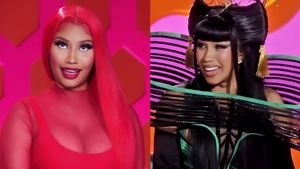


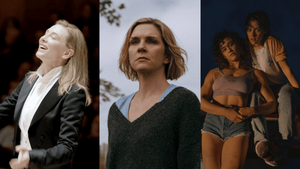
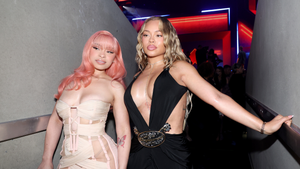













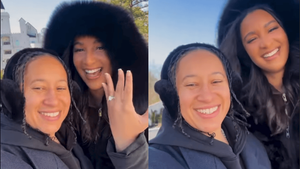












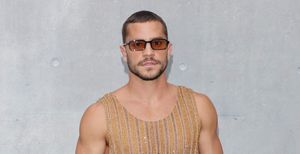
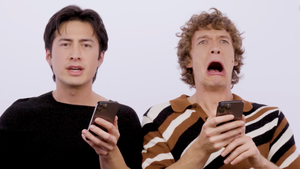

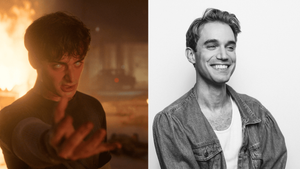

Charlie Kirk DID say stoning gay people was the 'perfect law' — and these other heinous quotes